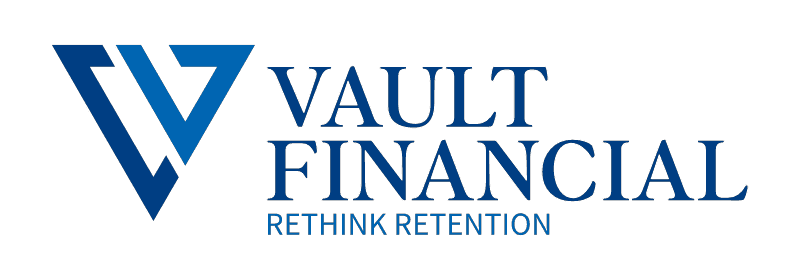Don’t let your succession plan get sunk
MassMutual specialist in business market development.
This article will ...
Use a comedic scene to point out the connection between planning and execution.
Note recent survey results indicating business succession plans can have a similar disconnect.
Review how insurance can play a role in bridging the succession planning-execution gap.
Whenever I talk about the importance of properly funding buy-sell agreements and succession plans for businesses, I always think back to the “rental car” episode of Seinfeld.
When the protagonist attempts to pick up his reserved vehicle, the rental car agent informs him that they ran out of cars. But isn’t that what a reservation is designed to prevent? The punch line? “You know how to take a reservation, you just don’t know how to hold a reservation.”
Consider the succession plan document itself as the taking of the reservation and consider the funding mechanism of the agreement as the holding of the reservation.
The break down
Business owners and their advisors are good at putting resources toward drafting agreements, but it’s the funding of those agreements that is the most important part. And that’s often where the process breaks down.
According to a recent LIMRA survey, only about 30 percent of succession plans are funded with permanent life insurance, even though 68 percent of business owners are aware that such policies can be used for this purpose.1 Furthermore, only about 20 percent are funded with disability buy-out insurance with 56 percent of business owners being aware of its uses.
When asked why they haven’t put resources towards the purchase of insurance products to fund their agreements, LIMRA found that over half of business owners said they either “have other financial priorities” or “just haven’t gotten around to it.”
So how are business owners funding their succession plans?
The top answer sited in the LIMRA study is cash flow from the business via a sinking fund. This strategy involves the owners creating a savings plan where cash from earnings is set aside and earmarked for the fund. The problem is that owners don’t know when the cash will be needed. Triggering events, like death and disability, cannot be predicted so all too often there isn’t enough time to accumulate sufficient funds equal to the purchase price.
In addition, the company must commit to making contributions to the fund each year regardless of how much profit the business makes. The cash being put into the sinking fund may strain or deplete the business’s working capital and may even create an accumulated earnings tax problem.
The insurance option
Insurance products can offer an alternative funding solution. The use of permanent life insurance and/or disability buy-out insurance is an efficient way for an owner to fund a buy-out without liquidating business assets or taking cash out of the business.
By insuring an owner, the business (or the other owners depending on how the agreement is structured) has the funds available via a death benefit to put towards a buy-out if a partner experiences an unplanned exit due to death or disability.
In addition, the accumulated cash value in the policy can be accessed to help fund a planned exit, such as retirement or divorce.2
Utilizing insurance products as a funding mechanism allows the family to immediately receive the agreed upon value for the business, while the remaining owners can focus on continuing to run the business operations. And while premium dollars are a cost to the business with a delayed economic benefit, this is offset by the peace of mind attained by all parties when the agreement is fully and properly funded.
__________________________________________
1 LIMRA, 2023 Small Business Owners Consortia Study, December 2023.
2 Tapping cash value increases the chances that the policy will lapse, reduces the cash value and death benefit, and may result in a tax bill if the policy terminates before the death of the insured.
Provided by Jeffrey Albin, a financial representative with Vault Financial, courtesy of Massachusetts Mutual Life Insurance Company (MassMutual).
©2024 Massachusetts Mutual Life Insurance Company (MassMutual®), Springfield, MA 01111-0001. All rights reserved. MM202702-308212

